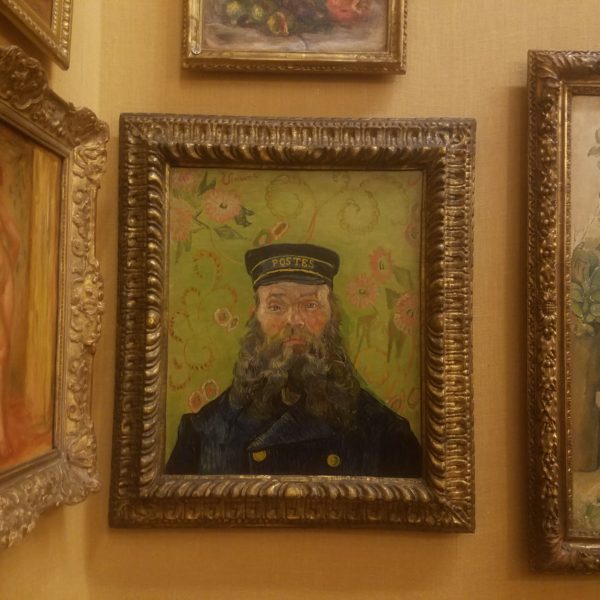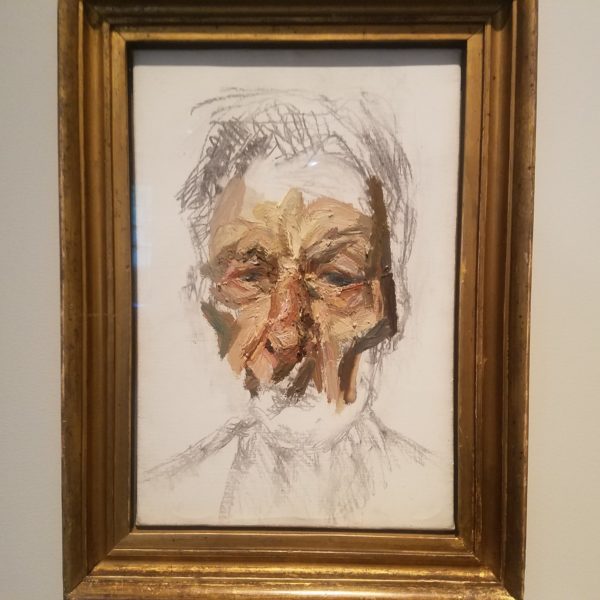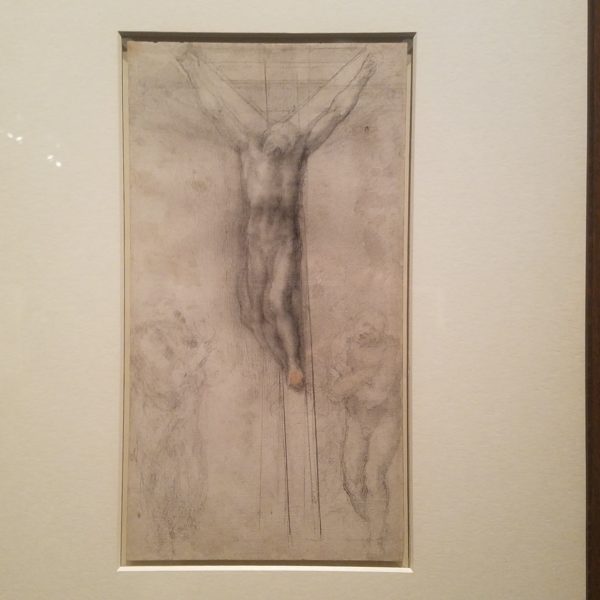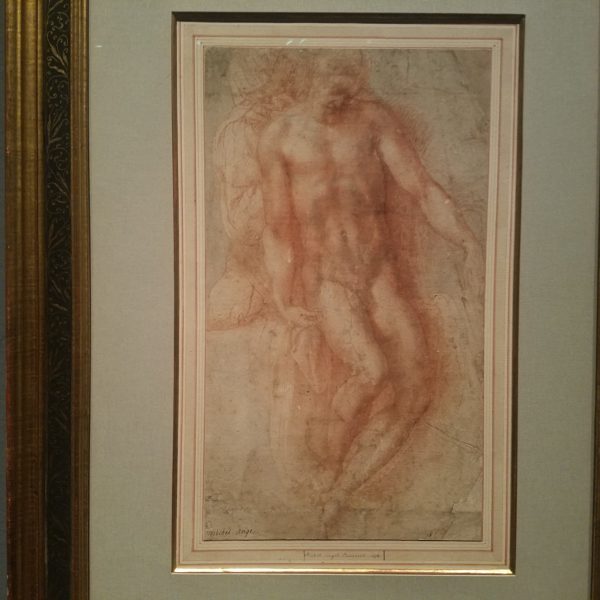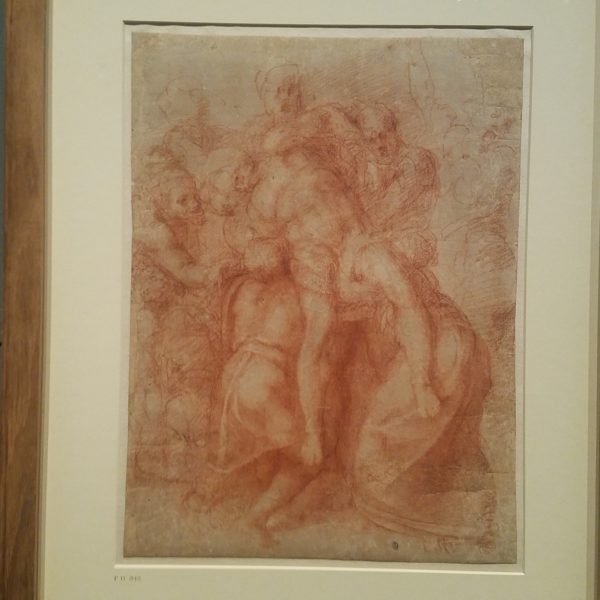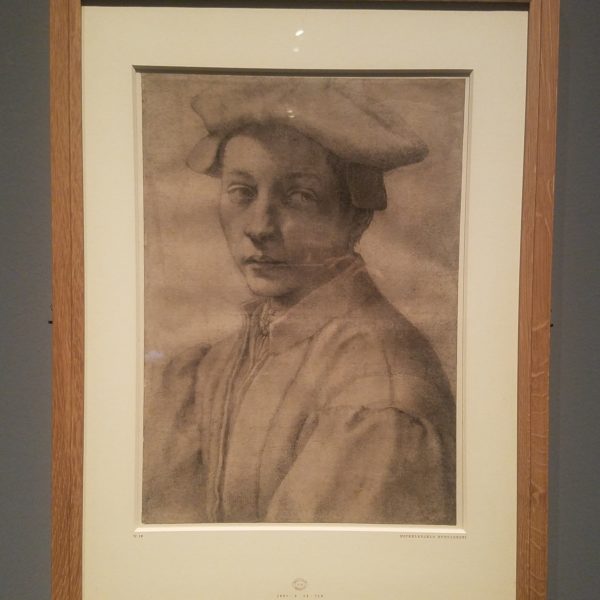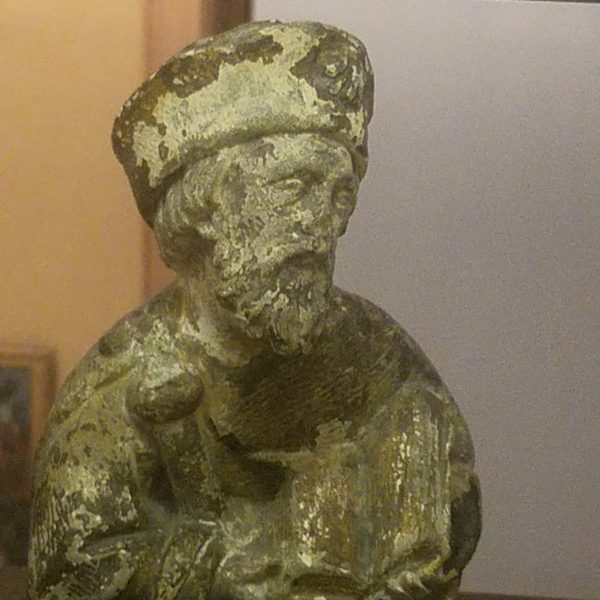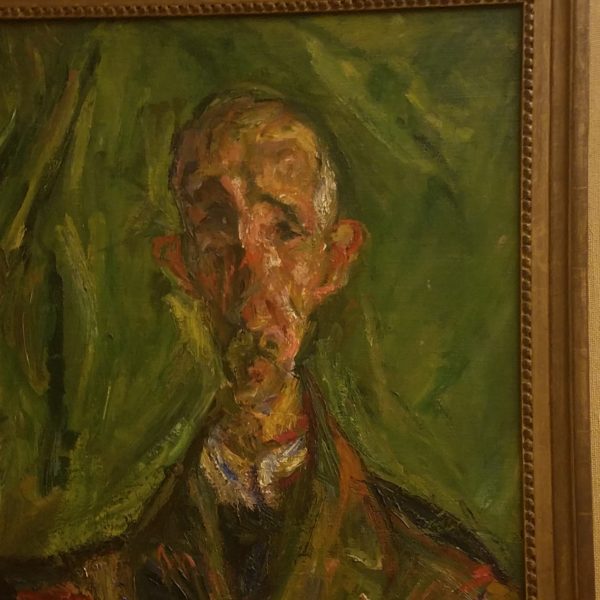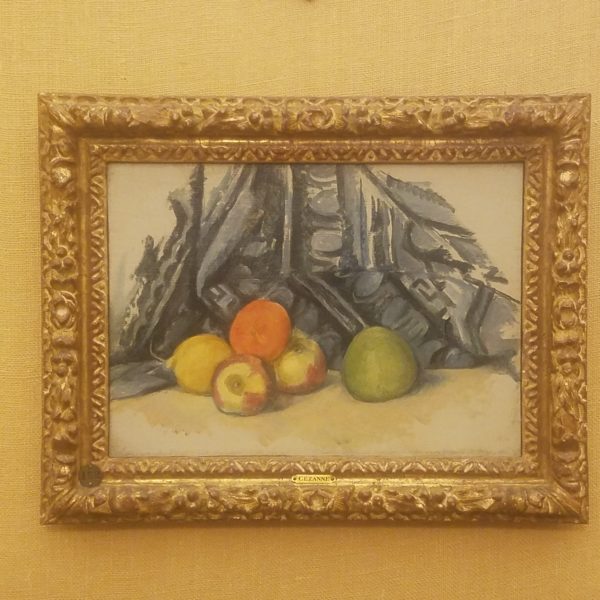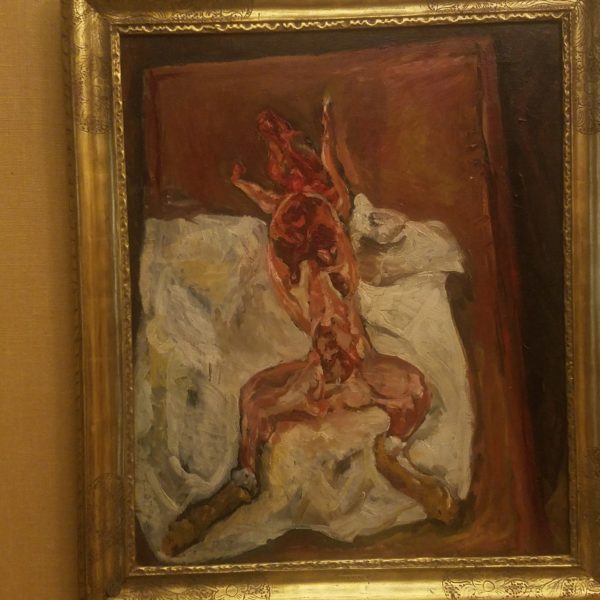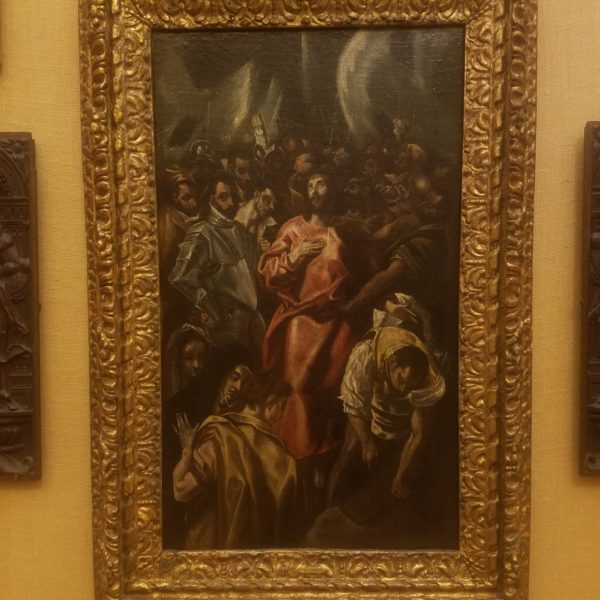It has been over a year since my last entry and I am overdue to add another. I do write, but the pace of the whirlwind has swept me up and I lose track and navigation. The torrent of details seems to keep me busy sweeping, sweeping. So be it. In any case, I am bringing this, something that I put up quickly on Facebook a few weeks ago but now a bit expanded. So, then, what is next and how to keep faith. Or rather, how to locate faith — the faith that’s always simply there, because we are alive — in these times of ours — and we’re the relatively fortunate ones.
Here:
Reflecting on my recent trip to New York City and to Philly, as a painter thinking about what I experienced, it seems to me that what is at stake here, for me, again as a painter, is my humanity. It isn’t that I may lose my humanity if I make a misstep, but perhaps yes, that is exactly what I may lose. But more to the point, thinking about the Michelangelo drawings, thinking about Cezanne at the Barnes, thinking about Barnes himself, thinking about the London painters at Ordovas Gallery, thinking about Hockney and his intelligent play, it seems to me that what I am after, or – what is at stake – is a fullness of expression that will confirm my fullness as a human being – our fullness as human beings, in a community that is alive, that is engaged, that feels fully, in a world, a culture, that is working to flatten us, daily, hourly, minute by minute. — How strange and sad is that.
I think of the writing of John Berger, may his memory be a blessing — from his essay on Van Gogh:
“I can think of no other European painter whose work expresses such a stripped respect for everyday things without elevating them, in some way, without referring to salvation by way of an ideal which the things embody or serve. Chardin, de la Tour, Courbet, Monet, de Stael, Miro, Jasper Johns — to name but a few — were all magisterially sustained by pictorial ideologies, whereas he, as soon as he abandoned his first vocation as a preacher, abandoned all ideology. He became strictly existential, ideologically naked. The chair is a chair, not a throne. The boots have been worn by walking. The sunflowers are plants, not constellations. The postman delivers letters. The irises will die. And from this nakedness of his, which his contemporaries saw as naivety or madness, came his capacity to love, suddenly and at any moment, what he saw in from of him. Picking up pen or brush, he then strove to realise, to achieve that love. Lover-painter affirming the toughness of an everyday tenderness we all dream of in our better moments and instantly recognise when it is framed…Words, words. How is it visible in his practice?”
Okay. So let us paint, let us draw, in joy and fullness. And love —
I think this may, in the end, prove to be not an inclination towards romanticism or sentimentality, but actually a matter of practicality. Our world is slipping. Rapidly.
Make no mistake — we are all suffering from the artificial condition of scarcity. Even the mighty, the famous and wealthy. And this condition of scarcity stems from our shared illusion of separateness. Can we makers, can we painters, take what we know so deeply in the studio, in paint, can we take this deep knowing out, into the world, into our daily dealings? Can I? Do I have the courage to even attempt it? Do I have the heart?
Can I let the paint teach me?
I am not asking myself a theoretical or rhetorical question.
